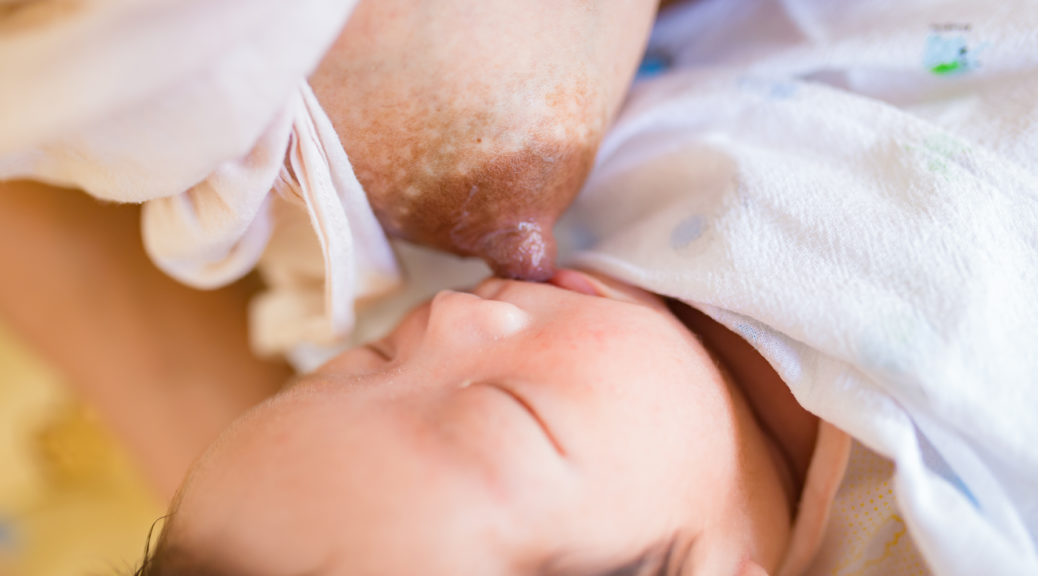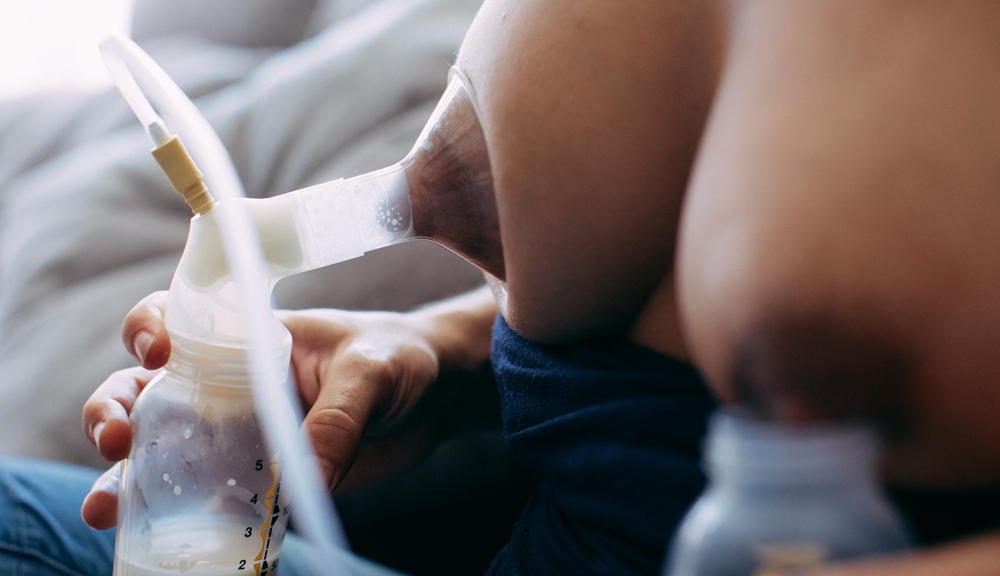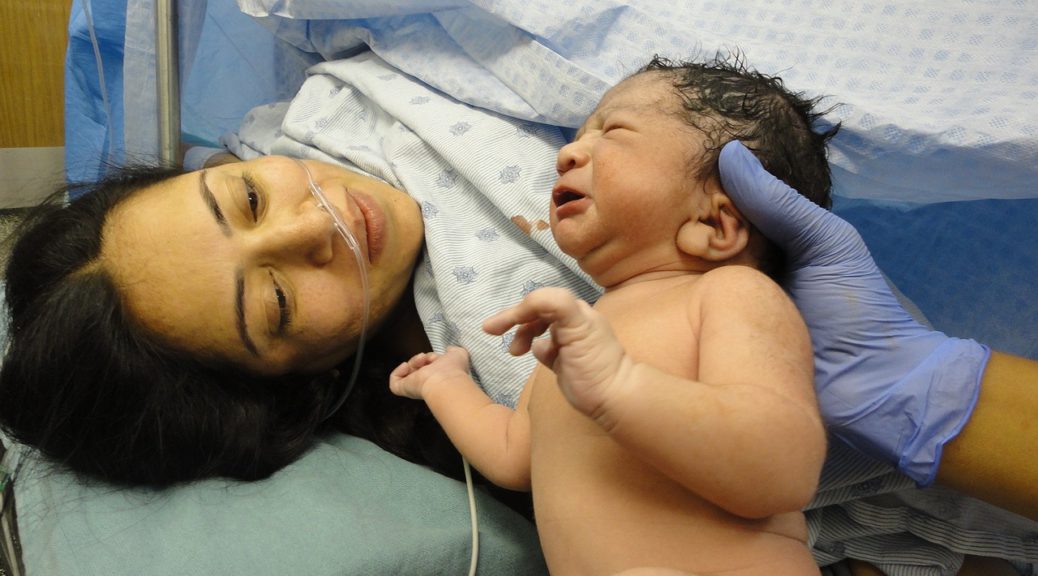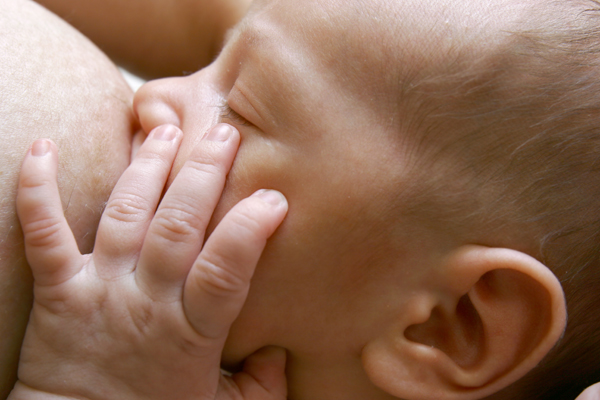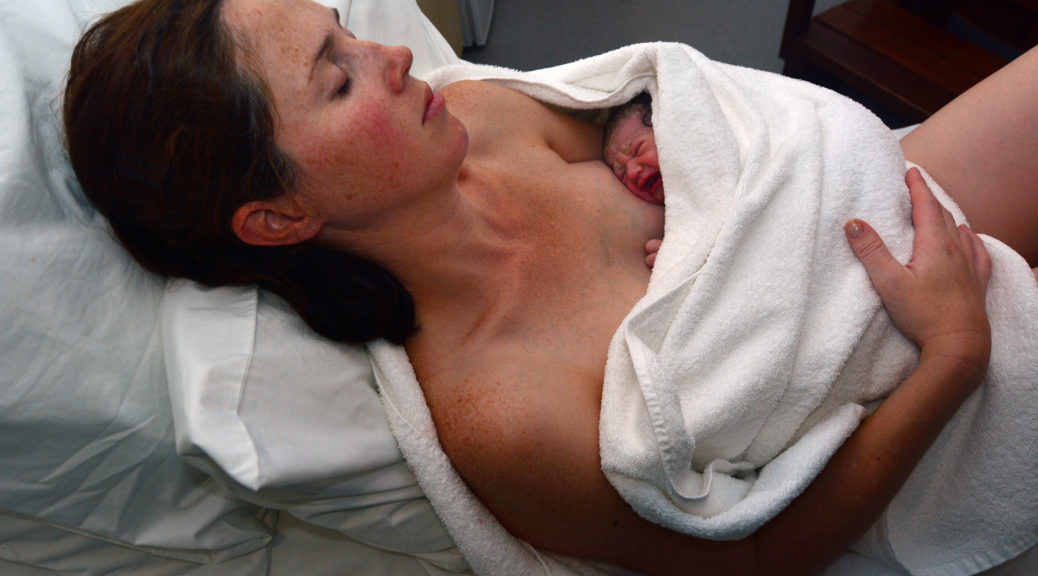Skin-to-Skin contact
A human baby is born totally helpless. It needs its mother to survive: her food, her arms, her body, her temperature, her sound, her presence. When babies lie on their mother’s body, they feel safe, know they are protected, and can relax. Today, we talk about skin-to-skin contact, which sounds like medical treatment but is what humanity has been replicating throughout its existence as part of our survival strategy as a species. What is the Mother Kangaroo Method? Skin-to-skin contact…


